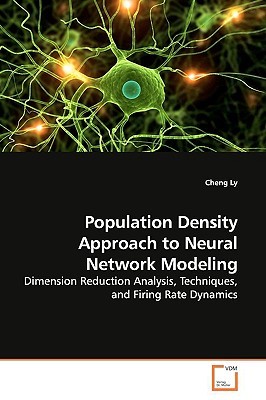
- Išsiųsime per 10–14 d.d.
- Autorius: Cheng Li
- Leidėjas: VDM Verlag
- ISBN-10: 3639157532
- ISBN-13: 9783639157536
- Formatas: 15.2 x 22.9 x 0.9 cm, minkšti viršeliai
- Kalba: Anglų
- Extra -20 % nuolaida šiai knygai su kodu ENG20
Atsiliepimai
Aprašymas
Population Density Methods (PDM) have gained prominence in recent years in Theoretical Neuroscience as an analytical and time-saving computational tool. The method involves solving a density equation (aka, Fokker-Planck) instead of simulating many individual neurons. Simplifying assumptions of the underlying neuron model are often made so that the resulting PDM equations have low dimension for tractability. Thus, dimension reduction techniques are vital for physiological modeling. An introduction to PDM and the relevant issues are discussed in Chapter 2. A 'moment closure' dimension reduction technique is analyzed in Chapter 3. We show the equations are ill-posed in the fluctuation-driven regime with realistic parameters despite several contrary reports in the literature. The dimension reduction method is even worse for the more physiological 'theta' model (Chapter 4). A robust and accurate alternative reduction technique using a moving eigenvector basis is developed and implemented in Chapter 5. The stochastic firing rate dynamics of various neural models are analyzed in Chapter 6 with the tools we have developed.EXTRA 20 % nuolaida
Kupono kodas: ENG20
Akcija baigiasi už 6d.16:11:58
Nuolaidos kodas galioja perkant nuo 10 €. Nuolaidos nesumuojamos.

- Autorius: Cheng Li
- Leidėjas: VDM Verlag
- ISBN-10: 3639157532
- ISBN-13: 9783639157536
- Formatas: 15.2 x 22.9 x 0.9 cm, minkšti viršeliai
- Kalba: Anglų




Atsiliepimai